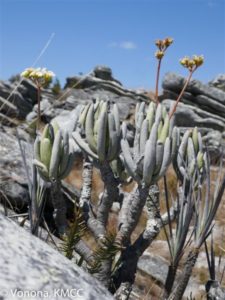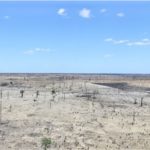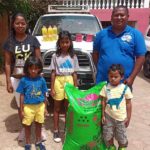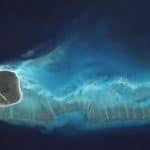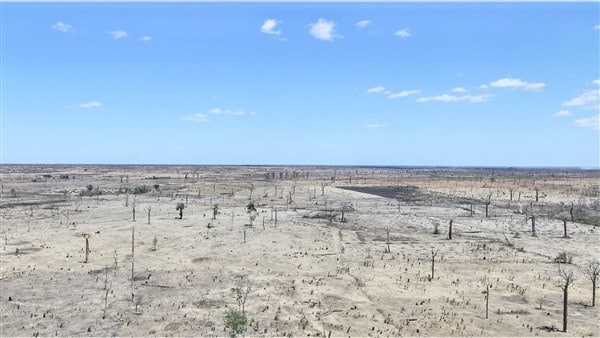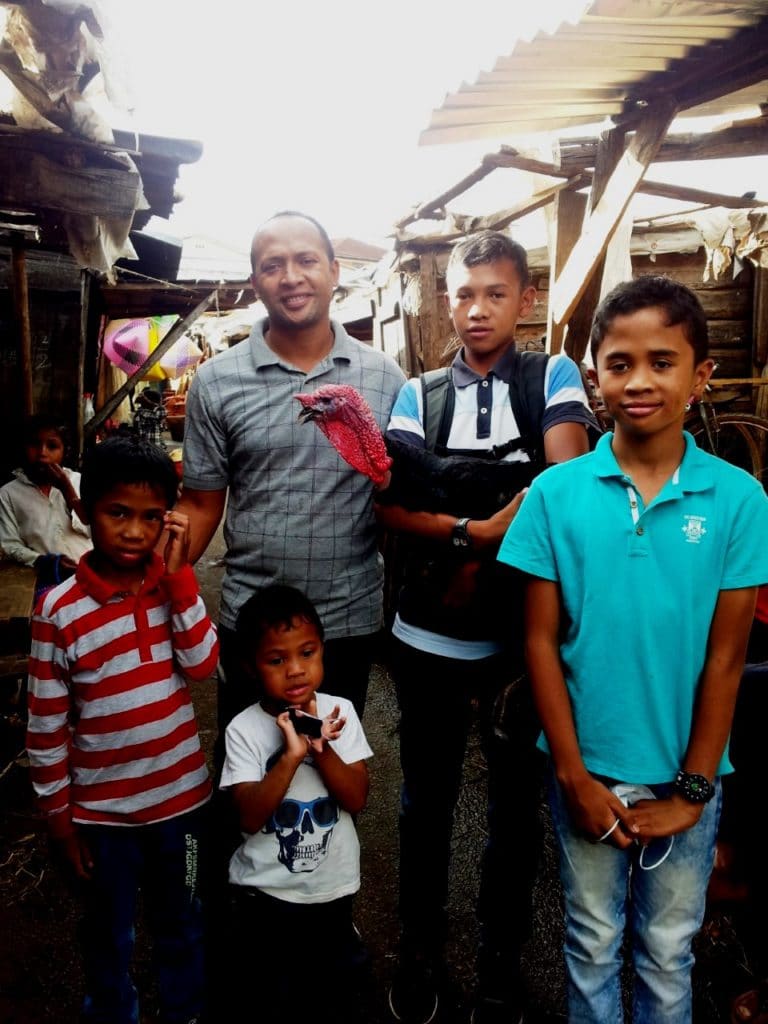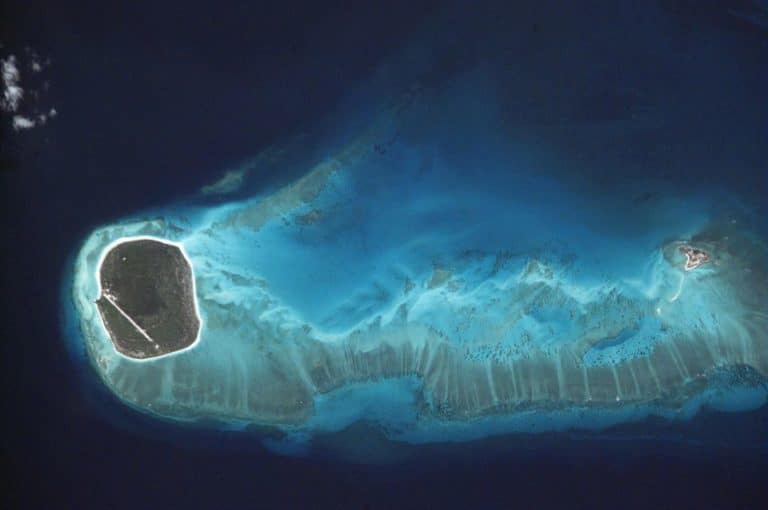Flora and traditional medicines in Madagascar
Taking advantage of the extraordinary richness of the island's flora (200 plant families represented by the 400 inventoried plant families in the world, 12,000 flowering species, of which 9,000 are endemic), the Madagascans have learned over the centuries the healing properties of many plants.
Natural healers and fortune tellers are the most important keepers of this ancestral knowledge, which is often passed on orally.
Nowadays, endemic species are exported all over the world and used in the production of elaborate medicines. Everyone knows the remedies for common diseases and can get simple remedies in the markets.
However, a large segment of the Malagasy population is more inclined to use traditional herbal medicines, which are less expensive than imported synthetic products.
Catharanthus roseus (Vonenina, befala, tonga)
Consumed as an herbal tea, the pink periwinkle from Madagascar fights neurasthenia. Its leaves help, 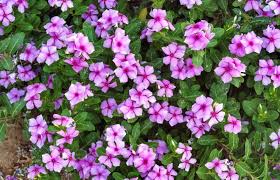 fatigue and hunger support, and its roots have antihypertensive effects. This endemic Apocynacea is used worldwide in the treatment of childhood leukemia and cancer chemotherapy.
fatigue and hunger support, and its roots have antihypertensive effects. This endemic Apocynacea is used worldwide in the treatment of childhood leukemia and cancer chemotherapy.
Madagascar periwinkle (Catharanthus roseus) is a medicinal plant traditionally used to control diabetes.
Constituents
- Alkaloid: vinblastine, vincristine.
- Tannins
- Bisindolica (Vincarubin)
Parts used
- Dried leaves, aerial parts, roots
Effects Effects
- Anticancer, laxative, antidiabetic, hypotensive.
Indications
- Diabetes (according to some studies), cancer: breast cancer, cervical cancer, lymphoma (Hodgkin's and non-Hodgkin's), leukemia (in tablet or capsule form, see also notes below), gonorrhea (angatra in Madagascar because it is mainly used in herbal tea on the Big Island, use leaves and roots), stomach ulcers (in herbal tea, mainly used in Madagascar).
Centella Asiatica (Talapetraka)
The Malagasy people have long known the great healing power of this native plant.
Your active molecule, Madecassol, was founded in 1942 by Pierre Boiteau, an engineer in tropical agronomy, and 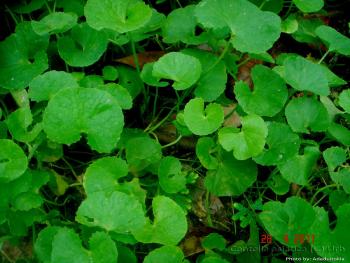 Professor Albert Rakoto Ratsimamanga, co-founder of the Malagasy Institute for Applied Research (IMRA), isolated.
Professor Albert Rakoto Ratsimamanga, co-founder of the Malagasy Institute for Applied Research (IMRA), isolated.
Internal use
Hydrocotyl is a natural anxiolytic and stimulant of brain function and is recommended for anxiety, depression, epilepsy or nervous disorders. This medicinal plant is also known to improve blood circulation. It is recommended for people suffering from venous insufficiency, heavy legs, varicose veins, hemorrhoids and low blood pressure.
External use
Externally, this natural medicine accelerates the healing of wounds and burns. It is also a remedy for diseases of the skin and oral mucosa, such as ulcers, eczema, psoriasis and periodontitis. Hydrocotyl also plays an important role in the renewal of skin cells and in the treatment of premature fine lines by promoting the synthesis of collagen fibers.
Common therapeutic indications
Venolymphatic insufficiency, varicose veins, leg edema, low blood pressure; nervous disorders, epilepsy, anxiety, depression; skin problems, burns, inflammation of the oral mucosa, bedsores, hypertrophic scarring, leprosy, and delayed healing in diabetics.
Other proven therapeutic indications
Experiments with hydrocotyl have shown that its essential oil has an antibacterial effect, especially on gram-positive and gram-negative germs.
Aphloia theæformis (Voafotsy)
The Malagasy population consumes its leaves throughout the day as an herbal tea to combat the after effects of malaria.
Harungana Madagascariensis (harongana, fohatra)
The colored resin exuded by this tree is used in the preparation of an ointment against scabies.
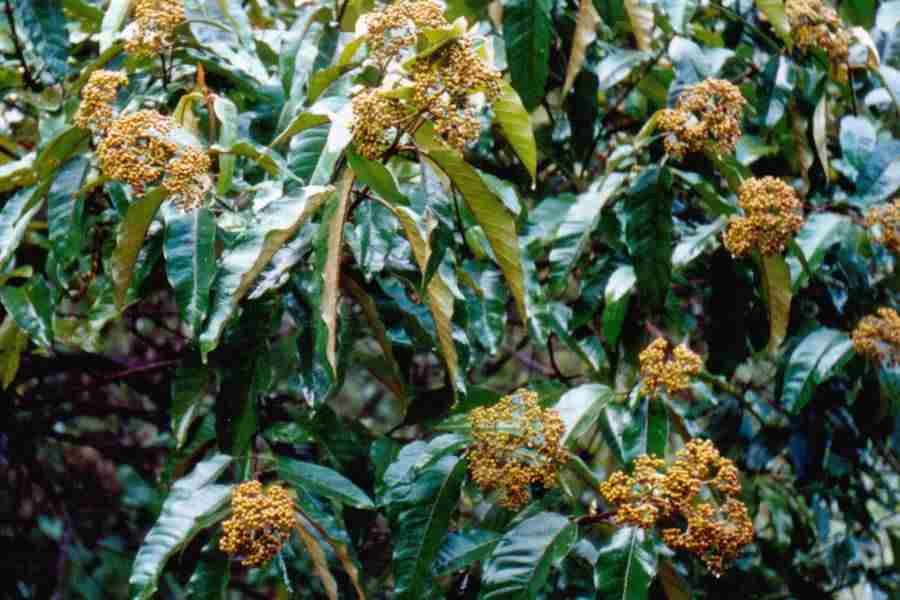
When you cut into the plant, a rubbery, orange-red substance flows out.
The leaf is antibacterial, antiparasitic (scabies) and anti-inflammatory. It stimulates digestion and bile production, while protecting the liver from toxins.
The tree is traditionally used to treat jaundice: Decoction of the bark and leaves of Aron-gana mixed with lemon quarters (Citrus aurantifolia). This treatment is accompanied by complete rest.
The resin is applied to the affected skin as is or as an ointment based on animal fat to treat dermatoses and scabies.
Decoction of 15 grams of leaves per liter of water, which should be drunk three times a day before meals, for the care of difficult digestion, stomach ulcers and liver disease.
For the treatment of wounds, ulcers and scabies, this decoction can be used externally as a bath or compress. The leaves can also be applied directly to the skin as a poultice.
Eugenia Jambolana (rotra)
Beautiful tree that can grow up to twenty meters high, with light gray scaly bark. Opposite leaves are tough, shiny olive-green on top, lighter on the underside, sometimes with pink stalk. The white flowers with pink streaks of stamens are grouped in inflorescences. The edible fruit is an oval berry, blackish or purple, shiny when ripe and resembling an olive. The purple flesh is soft, astringent when the fruit is not perfectly ripe, and contains anthocyanin that turns the mouth blue.
Properties of the plant
All parts of the plant are used in traditional medicine.
Bark for anemia
Fruits for diarrhea, abdominal pain, dysentery
Leaves for diarrhea and fever
Bark, fruits, seeds for diabetes
Aloes "Vahombe
The Malagasy use the healing properties of this lily by applying the pulp of its fleshy leaves to burns.

The leaf has the strange property of seeing two liquids flow out when cut: a yellow or red colored sap and a white mucilaginous gel. The sap, also called latex or juice, is considered the active principle of the plant, which acts as a powerful stimulant laxative.
As for the gel, its mucilaginous and water-rich composition gives it exceptional moisturizing and anti-aging properties.
It was used for medicinal purposes, especially to facilitate healing, to treat burns and skin diseases, but also as a laxative. Ancient civilizations also used it as a cosmetic agent to beautify the skin and hair. This plant was considered sacred and divine by some peoples.
Although aloe vera is found on almost every continent, the largest number of species is found in South Africa. It grows in semi-arid regions on sandy soils, but prefers areas with constant heat throughout the year. It survives drought, but is not frost resistant.
Laxative
Aloins contained in the juice of aloe vera are metabolized into aloe-emodin after ingestion: the water content of the fecal bowl increases, the peristalsis of the colon is thus stimulated, and bowel movements become more frequent and softer. After ingestion of aloe vera, a latency period of several hours is observed before the laxative effect is felt; one must wait for the aloin to be metabolized into an active product.
Aloe-emodin also has remarkable antioxidant properties.
Hydration
The moisturizing effect of Aloe Vera gel can no longer be proven, since it is essentially composed of water and the presence of polysaccharides guarantees prolonged hydration by slowing down the evaporation of water.
Anti Age
Aloe vera gel stimulates the fibroblasts of the skin and leads to an increase in the synthesis of collagen, elastic fibers and hyaluronic acid, which leads to a significant improvement in skin elasticity and the appearance of wrinkles. The skin appears plumper, wrinkles and fine lines are reduced.
In addition, with age, melanocytes produce excess tyrosine, which leads to the appearance of so-called "brown spots": Tyrosinase (an enzyme that breaks down tyrosine) in aloe vera gel slows down this phenomenon of hyperpigmentation.
Healing
Aloe vera gel promotes tissue repair thanks to its anti-inflammatory, antimicrobial and immunostimulatory properties. It seems that in this healing mechanism would intervene synergistically different compounds of the gel: Acemannan, mannose, vitamins and minerals, ... Aloe vera gel has shown in several studies real benefits in the treatment of wounds: burns, dermatological ulcers, dermatitis, psoriasis, eczema, ...
The anti-inflammatory and anti-allergic effect of aloe vera gel is relatively important, this would be due to various compounds: Alprogens, sterols or 5-methylchromones, which act through different mechanisms: Blocking the metabolic pathways of arachidonic acid (involved in inflammatory and allergic processes), inhibiting bradykinin activity and limiting the migration of neutrophil polynuclei.
A valuable ecological reservoir in danger
Umbiasy" are often effective herbal therapists. To their practice of traditional medicine is added a "magical" 
Extensive livestock farming, slash-and-burn agriculture and deforestation pose a serious threat to flora. Some plants with recognized therapeutic virtues are threatened with disappearance. Neglecting the protection of the flora also means mortgaging potential resources against the diseases that regularly occur.

